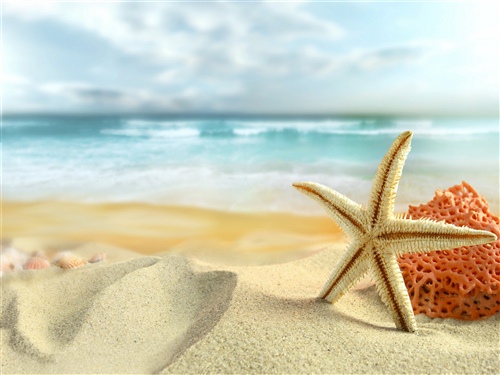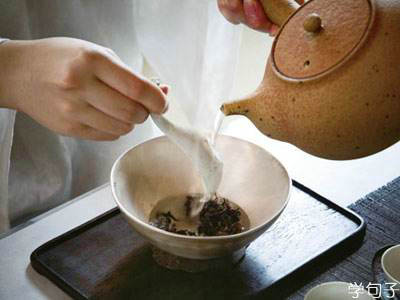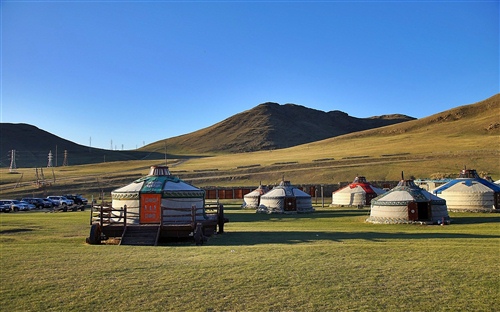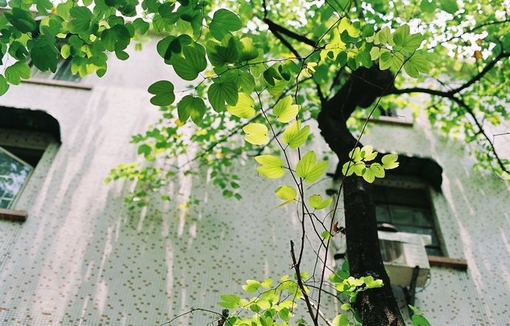
导游词天涯海角
你自己删改吧 海南岛是一个美丽富饶,历史悠久的海岛。
在地质时期,海南岛原与华夏大陆相联,大约在人类出现的第四纪,由于地壳断裂才与大陆分离,其间形成15~30公里宽的琼州海峡,此岛孤悬南中国海域中,因而得名“海南岛”。
海南岛的开发历史非常久远。
据史书记载,远在2000多年前,海南岛就以出产珍珠、玳瑁等奇珍异物而出名。
在汉武帝元封元年(前110年),就在海南岛建立珠崖、儋耳两郡。
从此,海南岛正式纳入我国版图,成为我国的神圣领土。
据说,之所通知珠崖、儋耳之名,是因“崖岸之边产珍珠”和当地黎民的耳朵上戴了许多大耳圈之故。
在汉武帝时代至南北朝期间,海南岛的郡县设置变动很大,并一度由合浦郡兼管。
三国时海南岛归吴国管辖。
至梁代大同中叶(540~541年)又在海南岛重建崖州。
隋朝一统中国后,将崖州改为珠崖郡2,且在海南岛的西南部新建了一个临振郡。
唐朝时,在海南岛建立5个州和22个县,许多名称至今仍沿用。
五代以后,战事频繁,大批汉民迁居海南岛。
至宋代,大文学家苏东坡曾被谪居到海南岛。
明朝称海南岛为琼州府,元代又称为琼州路,领三州、十三明朝称海南岛为琼州府,元代又称为琼州路,领三州、十三县。
清代又将琼州府改称琼州道,清末又改三州十三县。
“琼为都会,居岛之北,儋居西陲,万居东陲”。
因而,海南岛又有琼岛之称 海南岛之所以成为宝岛,除了丰富的地下宝藏,如石绿富铁矿和羊角岭水晶矿等,地面上还生长着几乎所有的热带作物,出产橡胶、咖啡、可可、椰子、槟榔、胡椒等。
附近海域上鱼类群聚,可以捕捉到热带海洋中的各种鱼类,以及龙虾、对虾等,渔业资源十分丰富。
导游开场白怎么说 经典导游开场白大全
大家好,我是你们的导游——王导,今天就由我来给大家讲解颐和园的风景名胜。
请大家随着我走。
现在,我手指的这个是著名的长廊。
这个长廊可不一般。
它全长700多米,分成273间。
大家可以看到,每间的横槛上都有许多五彩图画,画得各式各样,有人物、花草、风景,几千幅画没有哪两幅是相同的。
难怪被称为“世界第一廊”。
大家往前看,这就是碧波荡漾的昆明湖。
这片湖静得像一面镜子。
游船经常从这里经过,大家可以听到船上游人们的欢歌笑语。
在昆明湖的上面,就是闻名遐迩的万寿山。
站在这里,我们可以看到颐和园的全部风景。
站在这里看,整个颐和园真可谓是无比壮观。
郁郁葱葱的树丛掩映着黄的绿的琉璃瓦屋顶和朱红的宫墙。
一座八角宝塔形的三层建筑耸立在半山腰上,黄色的琉璃瓦闪闪发光,这就是古香古色的佛香阁。
大家快随我看看这美丽的石桥吧
这座石桥有17个桥洞,叫十七孔桥。
桥栏杆上有上百根石柱,柱子上都雕刻着姿态不一的活灵活现的小狮子。
这座在历史上为帝王建造的古典园林,现已成为中国最著名的旅游参观热点之一,每年接待游客数百万人。
1986年,颐和园被联合国教科文组织列为世界文化遗产。
大家听了我的介绍,也心动了吧
那就亲自到颐和园看看吧
名胜古迹导游词400字
杭湖是我国十大名胜之一,面积5.6公里。
西湖旧称武林水塘湖、西子湖,宋代始称西湖。
“潋艳晴方好,山色空蒙雨亦奇;欲把西湖比西子,淡妆浓抹总相宜”。
站在西湖岸边,胸中顿觉朗然:满眼一片烟波浩渺的湖水,环绕着绵延起伏的山峦。
在波光粼粼的湖面周围,繁花似锦,芳草如碧,曲径风荷,树影斑驳。
经过历代装点,使江湖、山林、洞壑、溪泉、春华秋实、夏荷冬雪等自然之胜与左刹、丛林及园林艺术家的雕凿融为一体。
早在南宋年间,西湖即有“十景”著名天下,它们是苏堤春晓、断桥残雪、雷峰夕照、曲院风荷、平湖秋月、柳浪闻莺、花港观鱼、南屏晚钟、双峰插云、三潭印月。
苏堤春晓是西湖十景之首,堤上遍种桃柳。
每当春天的黎明时刻,月落星稀,晨钟初响,悠扬悦耳。
此刻堤上垂柳低拂,晓霭迷茫;放眼晓雾中的湖光山色,耳闻百鸟和鸣的啾啾之声,使人飘飘欲仙。
断桥残雪,是神话《白蛇传》中许仙与白娘子相会定情的地方。
断桥是白堤与陆地相接的一座石拱桥,由于神话传说,使它家喻户晓。
断桥两旁,桃披红云,柳笼绿雾,香风送爽,波光摇翠。
待到冬末积雪末化时,这里又是观赏雪景的好地方。
三潭印月是在苏东坡治理西湖后,作为湖界而在水中立的三座小塔。
塔状如花瓶,浮漾水中。
塔面有五个距离相等的圆洞。
月明之夜,塔内点起灯火,水面上就会映出很多月亮。
其景扑朔迷离,忽兮晃兮,胜似仙境。
杭州为吴越古都,又是丝绸之府,鱼米之乡,人物辈出,留下许多可歌可泣的史实和传诵千古的诗篇,与西子湖畔大量名胜古迹如在西子湖畔的岳王墓、秋谨墓等,互为印证。
另外,还有游客必往的灵隐寺、虎跑泉、六和塔等,构成以西湖为主体的30平方公里的杭州西湖风景名胜区。
“未能抛得杭州去,一半勾留是此湖”。
如今的西湖正以其更加妩媚的美姿,吸引着五洲四海的宾朋游人
求一篇介绍海南三亚景点的60-100字英语作文及翻译!
Hainan Island is world-famous for its unique and charming tropical views, relaxed and happy natural environment, particularly magnificent marine resources and simple and kindhearted people Hainan is a province of the People's Republic of China, located at the southernmost end of the country. It consists several islands, the largest of which is also called Hainan (Hainan Dao). And when speaking of Hainan in Chinese, it is usually Hainan Island that is referred to. To emphasize the referent as a province, one says Hainan Sheng (Hainan Province). History Hainan Island was called the Pearl Cliffs (珠崖), the Jade Cliffs (琼崖 qiong2 yai2), and the Qiong Prefecture (琼州 Qiongzhou), the latter two gave rise to the province's abbreviation, Qiong (琼 in Simplified Chinese). In Wu Kingdom of the Three Kingdoms Period, Hainan was the Zhuyai Prefecture (珠崖郡). Hainan was one of the last areas of China controlled by the Chiang Kai-Shek's KMT. From March to May 1950, the Landing Operation on Hainan Island (海南岛登陆战役) captured the island for the Chinese communists. During the early 1990s, there was a major corruption scandal in Hainan. Administration Hainan Province consists of: 2 regional cities (地级市): Haikou and Sanya (三亚市) County-level: 4 counties (县) 7 county-level cities (县级市): Wanning 1 office: the Office of West, South, and Central Sha Archipelagos (西、南、中沙群岛办事处) (the South China Sea Islands) 6 nationality autonomous counties (民族自治县): all are for the Li, sometimes cohabited with the Miao 5 municipal districts (市辖区) Subcounty-level: 2000 townships (镇) 97 regions (乡) 2533 villages (村) Hainan was historically part of Guangdong Province, being as such, it was the Qionyai Circuit (琼崖道) in 1912 (the establishment of the Republic of China). In 1921, it was planned to became a Special Administrative Region (琼崖特别行政区), and in 1944 and became Hainan Special Administrative Region with 16 counties that contains the South China Sea Islands. On May 1, 1950 (under the PRC), the Special Administrative Region became an Administrative Region Office (海南行政区公署), a branch of the Guangdong provincial government. On October 1, 1984, it became the Hainan Administrative Region (海南行政区), with a People's Government, and finally as province separated from Guangdong four years later. Geography Hainan is the second largest island of China (after Taiwan). Qiongzhou Strait (琼州海峡) locates north of Hainan and separates it from the Leizhou Peninsula (雷州半岛) of Guangxi. To the west is the Gulf of Tonkin. Not just one island, Hainan also contains all 250 South China Sea Islands as a part of the official PRC territory. The containment of the South China Sea Islands makes Hainan Province have a very large water body, but disproportionally small land area. James Shoal (曾母暗沙 Zengmu Anshan), which is presently occupied by the PRC, signifies the country's southernmost border. But the Malaysians also claim it is on their continental shelf. Economy Since the 1980s, the Hainan province has been a special economic zone of China. The province has a reputation for being a Wild West area. Demographics There are 10,000 Buddhist Hainanese, and 6,500 Muslims. Because Hainan had been a point in the travel route of missionaries, there has been a high number of Christians: 35,000 Protestants and 4100 Catholics. Like in most eastern provinces, there is around 80% Han Chinese. Most, if not all, of the 6500 Muslim Hainanese mentioned above are Hui Chinese. See also: Li Chinese Culture Hainan opera (琼剧) Tourism Yalong Bay (牙龙湾), Sanya City, southern Hainan: 7-km beach. Miscellaneous topics Hainan is a sister province of Jeju island-province of South Korea.



